back to museums
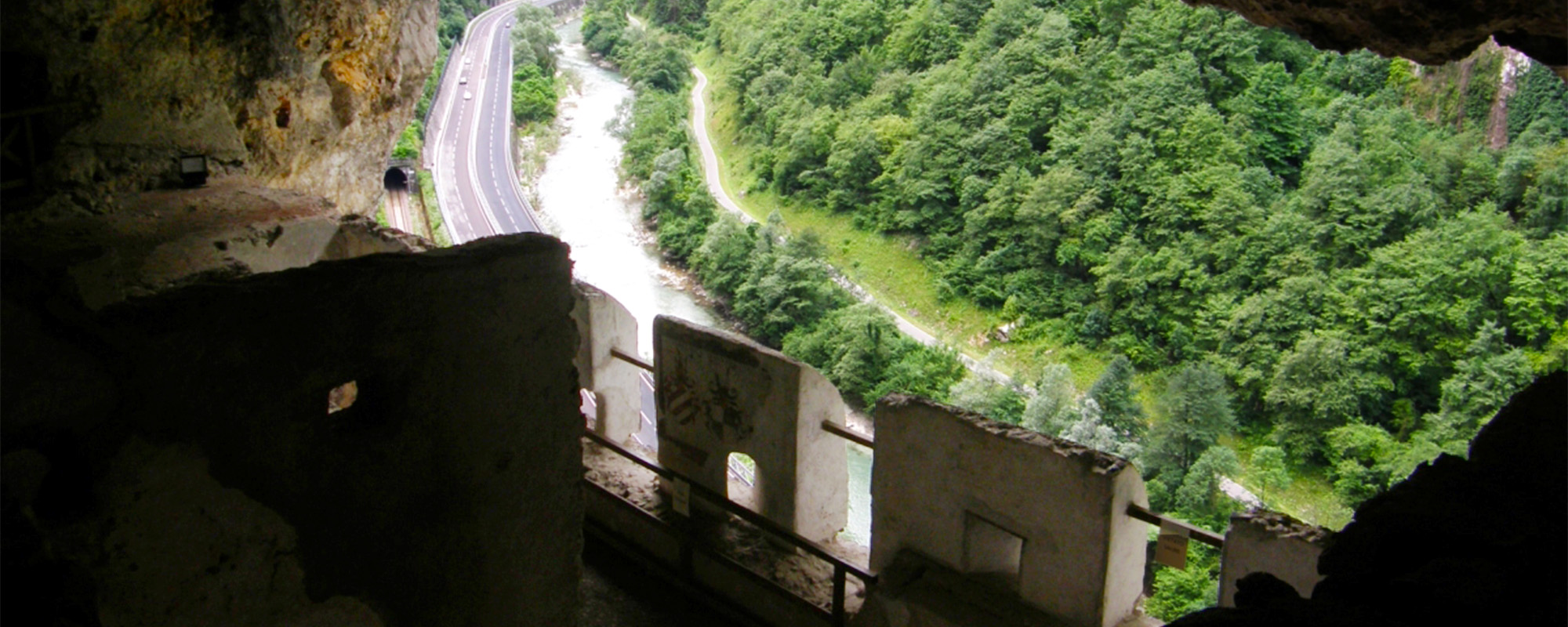
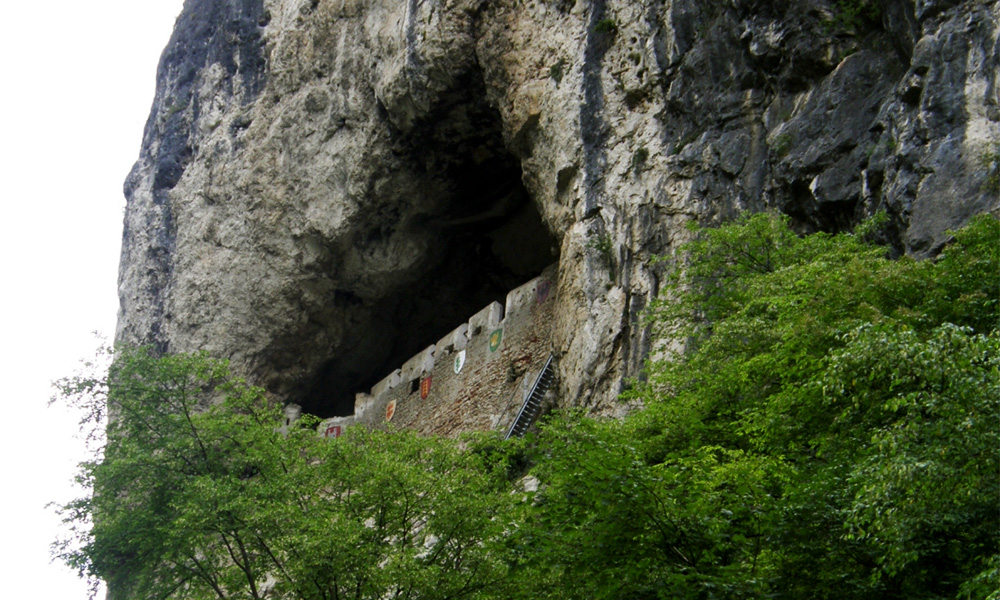
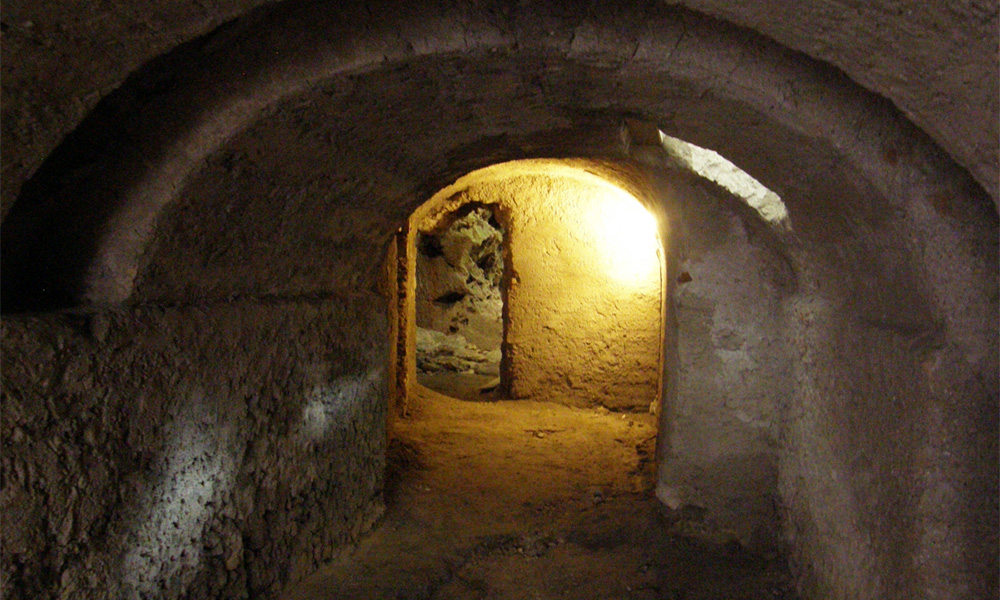
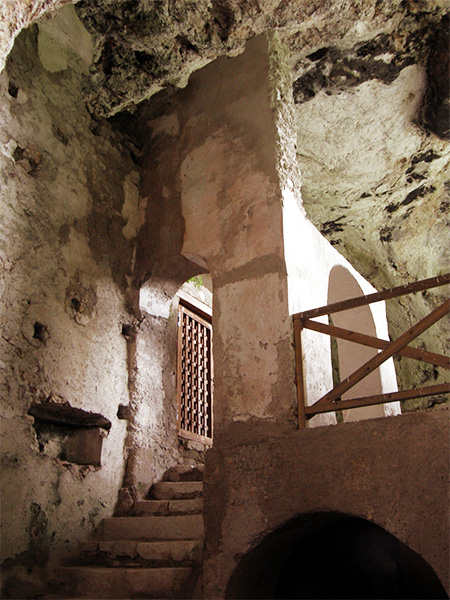
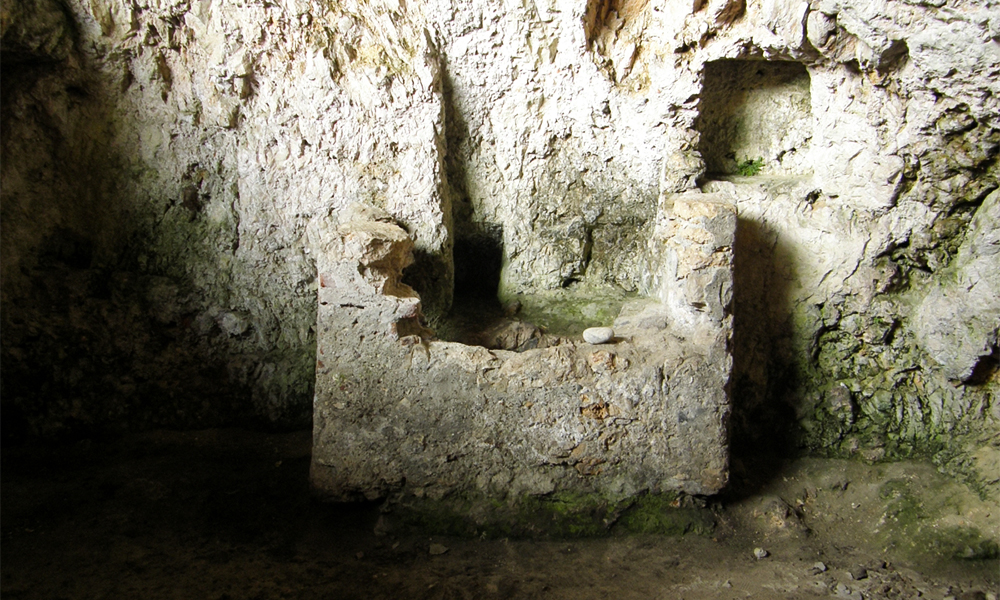
Covolo del Bustione and Museum
Valbrenta
The Covolo di Butistone is an ancient military fortification probably built in 1004 in a spectacular cave overlooking the Brenta in the narrowest point of its valley.
This castle watched over the passage of people and goods in defense of one of the main communication routes between the Italian peninsula and central Europe. It consisted of two buildings: a customs house, where the tax for goods in transit was collected since the Middle Ages, and the military fortification that stood in a cave. It changed masters several times, disputed as a strategic point between medieval lordships, the Venetian Republic and the Habsburg Empire. It remained in the hands of the Imperials until 1796 when the customs house was destroyed during a battle against the Napoleonic troops and can now be visited together with the small museum in the town of Cismon which preserves the most interesting finds describing the history of the frontier places from prehistory to the world wars.




The visit
The visit allows access to the remains of the fortification in the cave, which originally could only be entered by means of a seat operated by a winch, a sort of lift. Within the site, the altar of St. John the Baptist, the crenellated balustrade, the well, the cistern, the posts for the culverins, the prison and the troop room are clearly identifiable. A small museum, which is located in the center of the village, preserves some finds from Covolo and other objects that bear witness to the evolution of the valley since prehistoric times. This headquarters is also a cultural center open to the territory in the historical, artistic and archaeological fields and organizes cultural events that refer to the history and local traditions of the Brenta Valley.
The historyClose
The Covolo di Butistone is an ancient military fortification that blocked the Brenta Canal indicating the border between Primolano and Cismon del Grappa until the end of the eighteenth century, a period during which it underwent a series of transformations and changes of ownership. The Covolo had been erected to defend one of the main communication routes between the Italian peninsula and Germany and has been documented since 1004. It was made up of two buildings: a customs house, where since the Middle Ages tax was collected tax for goods in transit, and the military fortification that once stood in the cave. Between the 1200s and 1300s it was the subject of disputes between medieval lords, including the Carraras of Padua, the Scaligeri of Verona and the Viscontis of Milan. During the 15th century it was conquered by the Venetian Republic, which kept control of it for about a century. Then, at the beginning of the 16th century, it became part of Austrian dominion and remained in Imperial hands until 1796, when the customs house was destroyed during a battle against Napoleon’s troops. During the centuries of imperial domination, the fortification was an enclave in foreign territory, to whose command exponents of the Austro-Tyrolean nobility were appointed. The garrisons were always very small: they consisted of no more than twelve people, including the customs officer. Inside the cave, the Covolo was made up of rooms to house more than a hundred men; it is certainly known that it was used as a place of confinement for “excellent” prisoners or for the mentally ill.
from June to September Saturday 15.00 – 17.30 (last admission) Sunday 10.00 -12.00 (last admission) 15.00 – 17.30 (last admission)
SPECIAL OPENINGS Ferragosto week: 10.00 – 12.00 / 15.00 – 18.00
full price ticket €5.00; €3.00 reduced (individuals from 7 to 14 years of age, school groups, affiliated groups, groups of at least 20 people)
Free admission: up to 6 years and over 70, accompanying school groups
Guided tours and educational activities are organized for groups of at least 15 people. The visit to the Museum is by reservation.
Info: Museo Canal di Brenta Palazzo Perli, Via Garibaldi n.27, Valbrenta (VI)
tel. 0424 99891
e-mail: musei@comune.valbrenta.vi.it